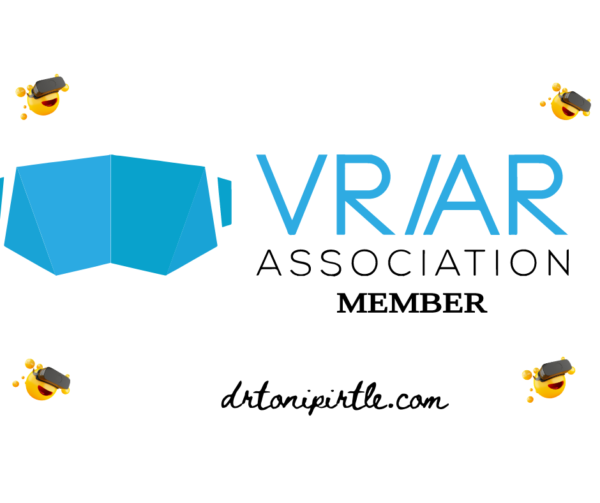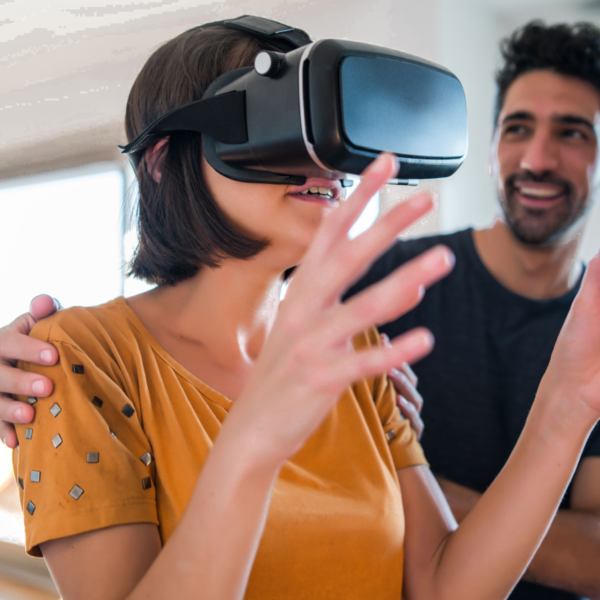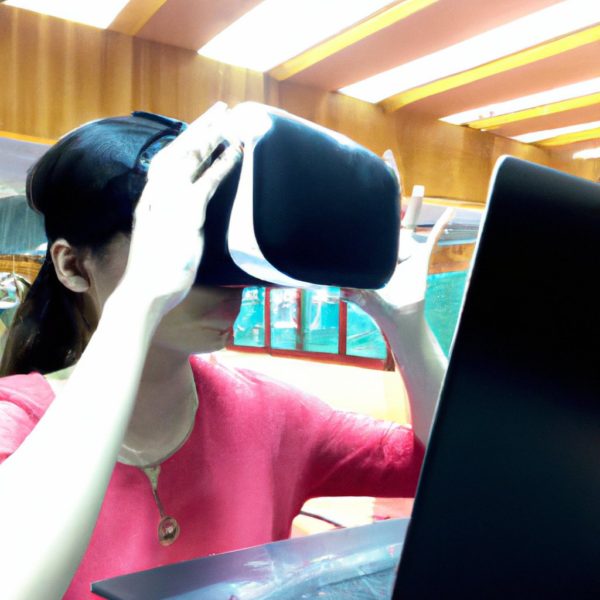
If you are interested in Virtual Reality, and all things that go with it, it is a good idea to check out the VR/AR Association! I am a member and it provides me access to the global industry association for Virtual & Augmented Reality!
By joining the VR/AR Association, members can participate in annual industry forums focused on education, enterprise and training, storytelling, healthcare, and retail. The association also provides exclusive newsletters and other resources to its members. I am learning so much already from fellow members, and from the multitude of resources made available to me.
#virtualreality #ARVR #ARVRinEDU #studentengagement #studentsuccess #immersivelearning #highereducationleadership








